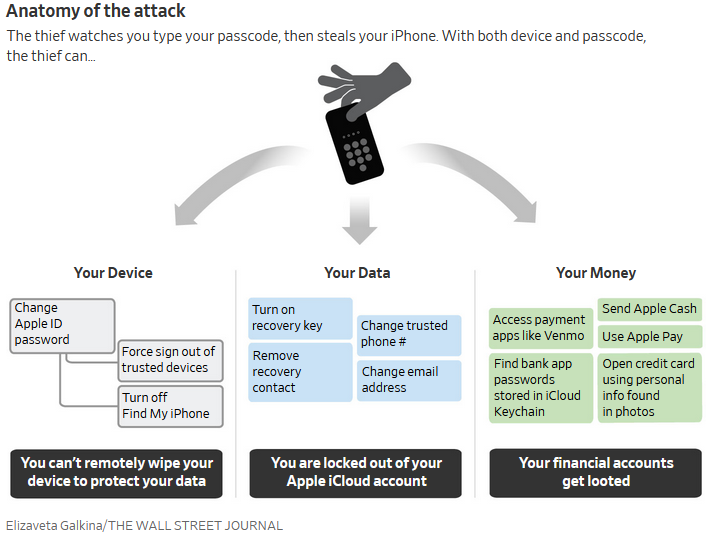I wrote yesterday, in part, about Germany’s disreputable performance in supporting Ukraine in the latter’s war for existence against the Russian barbaric invasion.
Now, Germany has made the apparent decision to walk away altogether in any practical form from Ukraine in that nation’s hour of need, paying only lip service to aiding that nation.
In a landmark speech days after the invasion, [Chancellor Olaf] Scholz promised a Zeitenwende—a turning point—pledging to rebuild Germany’s military, secure alternative energy supplies, and help Ukraine fight off Russia.
Since then, according to Bojan Pancevski, in his Thursday Wall Street Journal article (at the link just above), Germany has
delivered on the latter two pledges, but a year on, Germany’s armed forces are in an even worse condition than when the war started, according to military commanders….
Pancevski is being generous, though. See yesterday’s table (at the first link); Germany’s—which is to say Scholz and his fellows in his government—have been niggardly in their…efforts…with five nations other than Poland, the US, and Great Britain contributing at least 50% more to Ukraine’s war effort on a GDP-normalized basis. Germany is doing next to nothing to help Ukraine. Only Italy and France are more miserly, throwing mere euro pennies, insultingly, at the feet of the Ukrainians.
More of Pancevski’s generosity:
On Ukraine, Mr Scholz discarded the longstanding pacifism underpinning German foreign policy to become the third-largest supplier of weapons to Kyiv after the US and the UK, according to the Kiel Institute for World the Economy. Two days after the invasion Mr Scholz lifted a ban on exporting weapons to war zones.
As yesterday’s table demonstrates, that “third-largest” sum is only in absolute terms. When the totals are normalized to each nation’s GDP—i.e., when the sums are matched to what the nations can afford to commit–Germany’s “generosity” fades to a distant 10th. And the nation further demonstrates its version of generosity by slow-walking on, and excuse-making for, its decision to delay delivery of the Leopard tanks it recently promised Ukraine.
German betrayal extends further.
By disdaining to rebuild Germany’s military establishment, Scholz has only perpetuated (not merely extended) his predecessor Angela Merkel’s perfidy in welching on the German promise to commit 2% of its GDP to military support for NATO.
Here is an outcome of that:
The country has 180,000 active soldiers and just over 300 tanks, half of them not roadworthy, down from 500,000 troops and 5,000 tanks at the height of the Cold War.
Germany had said earlier that it would create a €100 billion ($106 billion) fund with which it would rebuild and rearm its defense establishment. That, though, would need an amendment to its Basic Law, and no one in the German government has made a move toward generating that amendment so it could be put up for debate and passage.
Germany is not only betraying its fellow NATO members with those reneges, that nation is betraying its own citizens in those eastern States that were under Russian Soviet occupation via the fictitious (if narrowly, strictly legal) German Democratic Republic.

